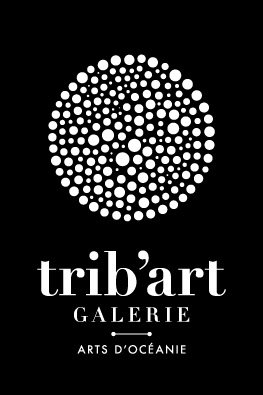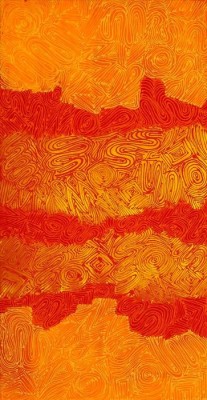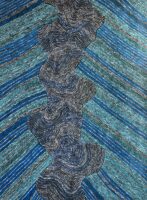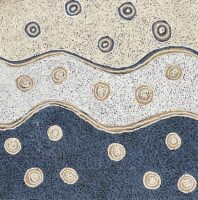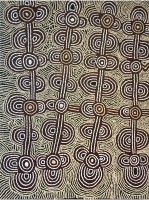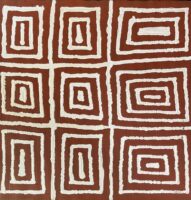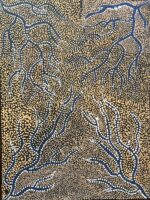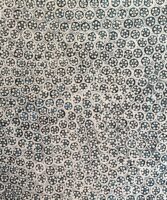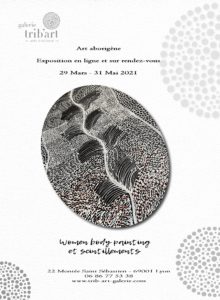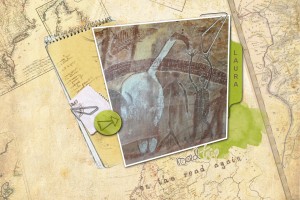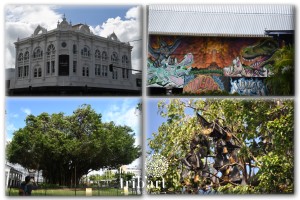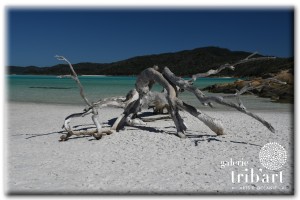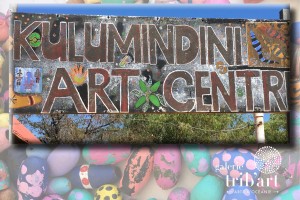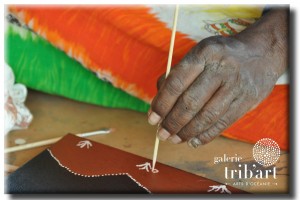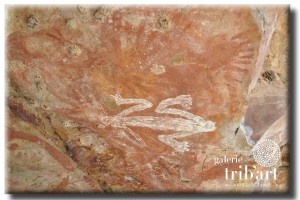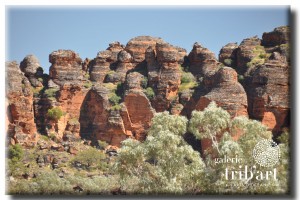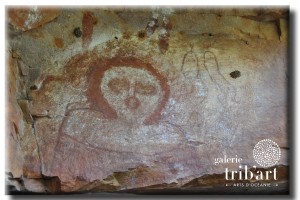Acrylique sur toile
30 x 61 cm
2014
Prix :
Vendu
Watiya warnu Tjukurrpa
Watiya warnu Tjukurrpa (ou temps du rêve, ou bien encore Seed Dreaming) raconte l’histoire d’un ancêtre de ‘watiya-warnu’ (Acacia tenuissima) venu du sud d’une petite colline appelée Ngurlupurranyangu à Yamunturrngu (Mont Liebig). En chemin, il a ramassé les graines « watiya-warnu » et les a placées dans un ‘parrajas’ (plat à nourriture qu’il portait sur sa tête). Watiya-warnu est un arbre à graines qui pousse en rase campagne spinifex ou mulga. Lorsque les personnes reviennent à leur camp après avoir ramassé les graines, ils fabriquent de grands brise-vent pour s’abriter et vanner ces graines en fin d’après-midi.
La graine immature « watiya-warnu » est utilisée pour être broyée en une pâte et peut être utilisée pour traiter les maux de ventre. La cérémonie associée à « watiya-warnu » nécessite la préparation d’une peinture de grande surface.
Ce Tjukurrpa appartient à Nampijinpa/Nangala femmes et aux hommes Jampijinpa.
Dans les peintures contemporaines des Warlpiri l’iconographie traditionnelle est utilisée pour représenter le Tjukurrpa, des sites particuliers et autres éléments.
Peinture d’Australie – Art Aborigène
This painting tells the story of a Jangala ‘watiya-warnu’ (Acacia tenuissima) ancestor who travelled south from a small hill called Ngurlupurranyangu to Yamunturrngu (Mount Liebig). As he travelled he picked the ‘watiya-warnu’ seeds and placed them in ‘parrajas’ (food carriers), one of which he carried on his head. Watiya-warnu is a seed bearing tree that grows in open spinifex or mulga country. When people returned to their camp after collecting the seeds they would make large windbreaks for shelter and winnow the seed in the late afternoon. Immature ‘watiya-warnu’ seed is ground into a paste and can be used to treat upset stomachs. The associated ‘watiya-warnu’ ceremony involves the preparation of a large ground painting. This Jukurrpa belongs to Nampijinpa/Nangala women and Jampijinpa/Jangala men. In contemporary Warlpiri paintings traditional iconography is used to represent the Jukurrpa, particular sites and other elements. In paintings of this Dreaming ‘U’ shapes are often depicting women collecting the ‘watiya-warnu’ seeds. Oval shapes represent the ‘parrajas’ where they carry the seeds and strait lines beside them frequently portrait digging sticks.
